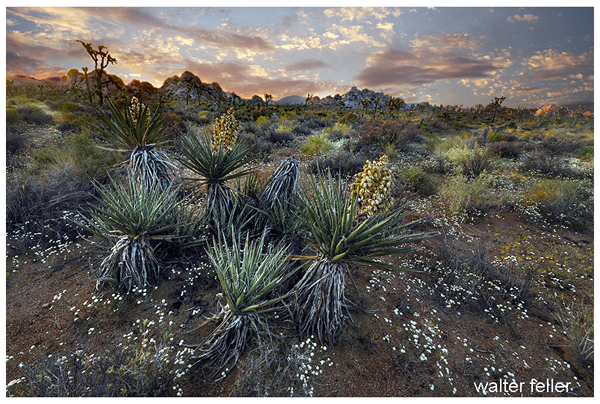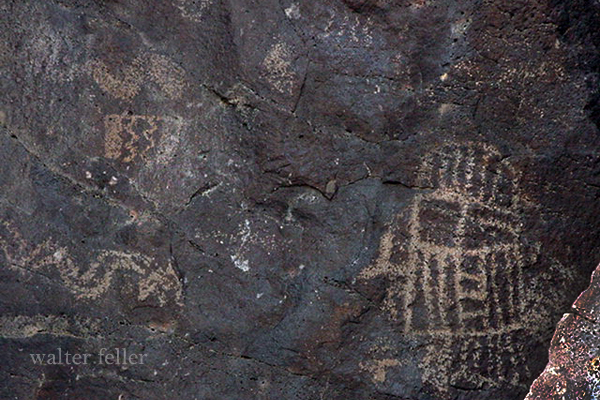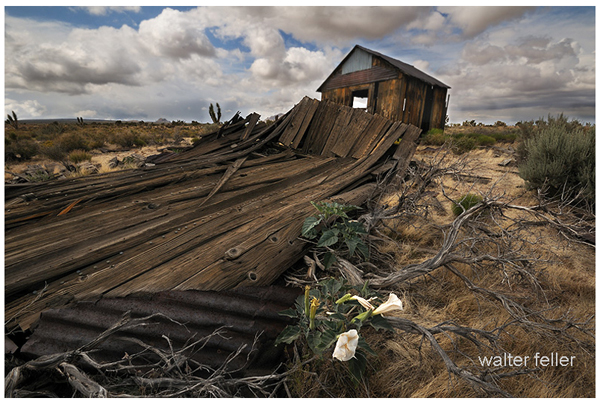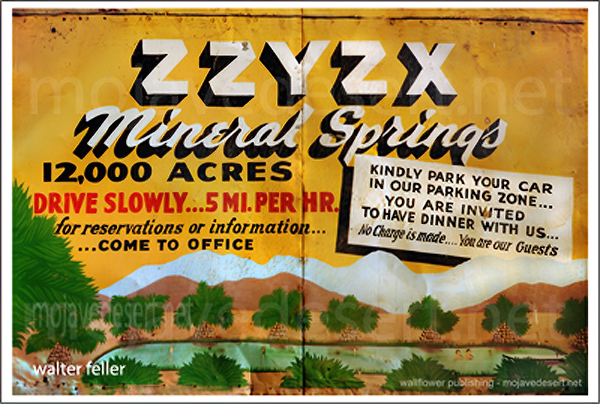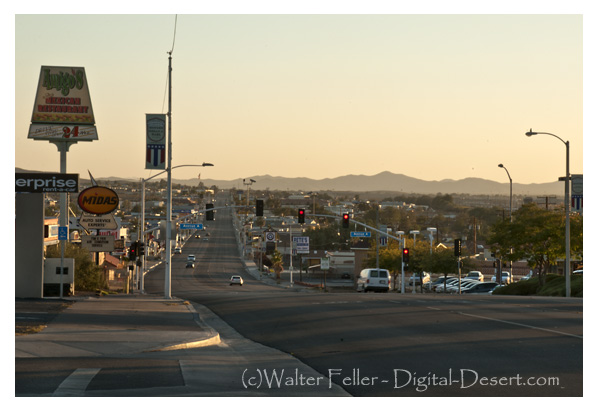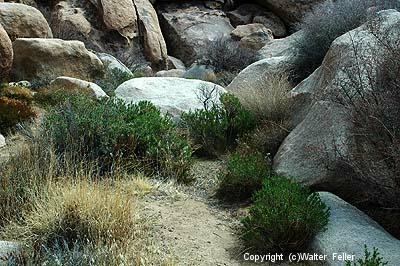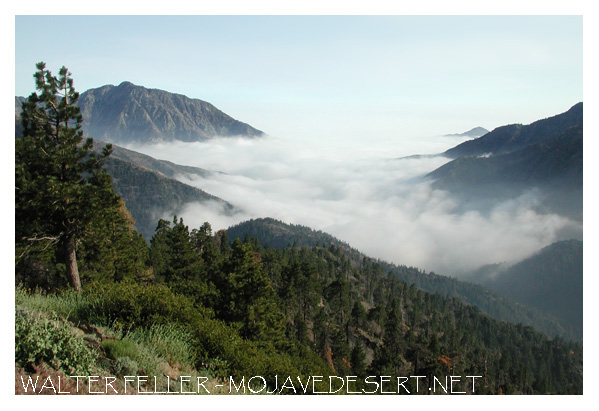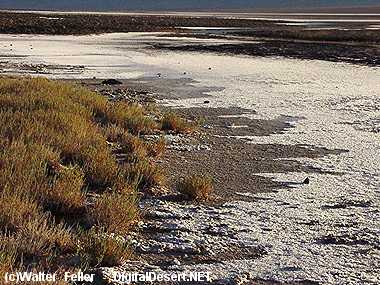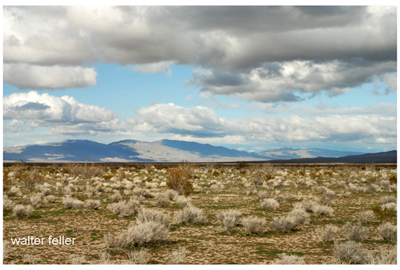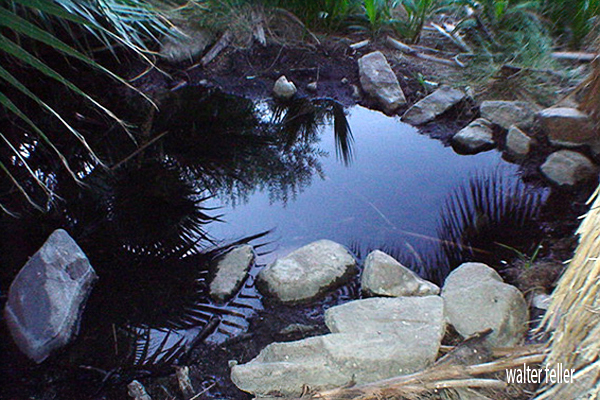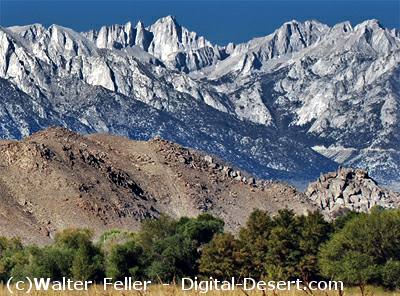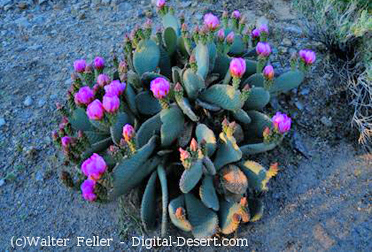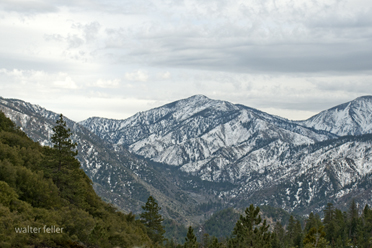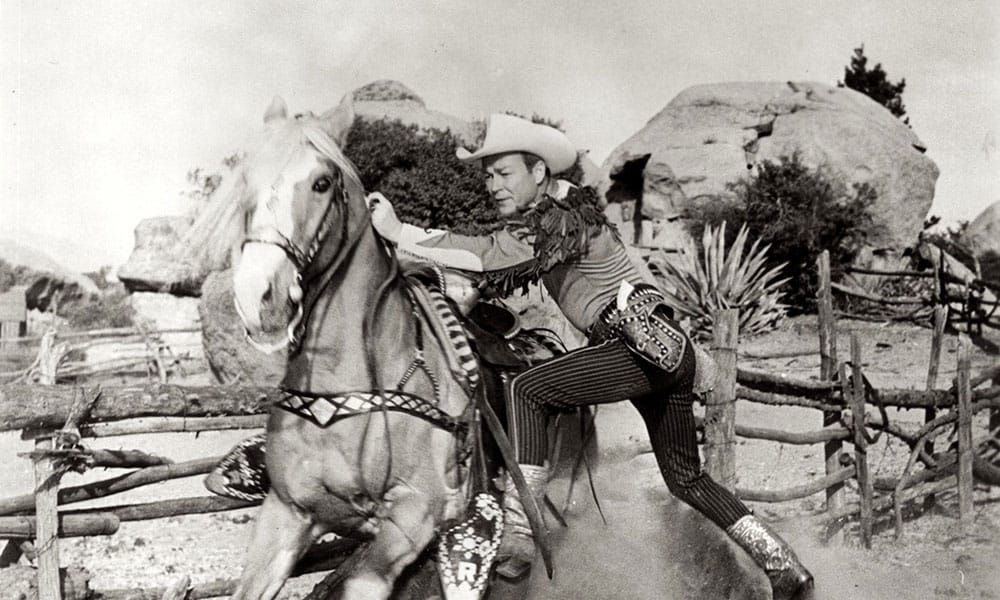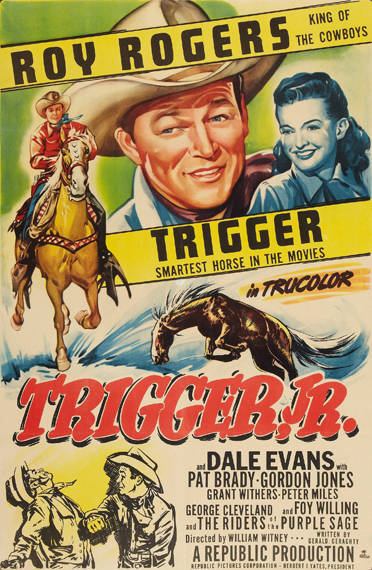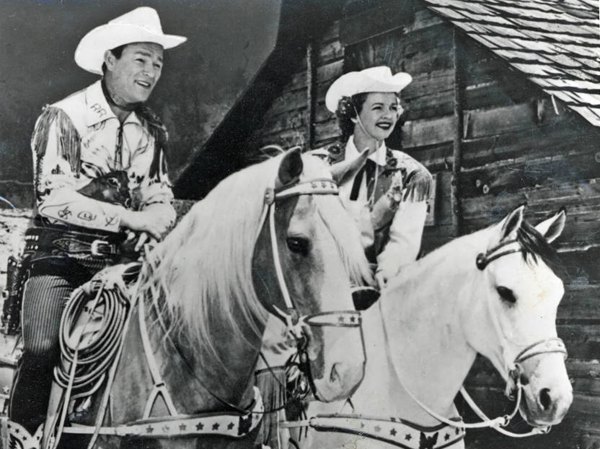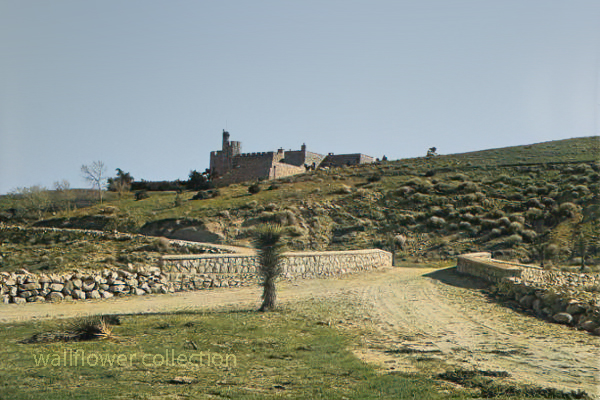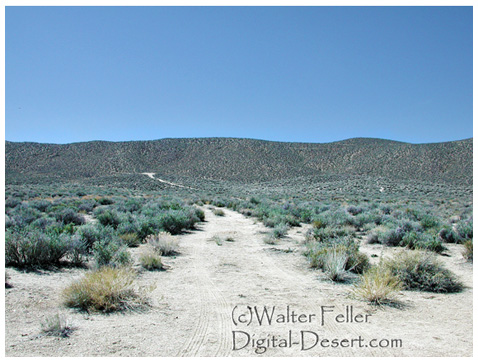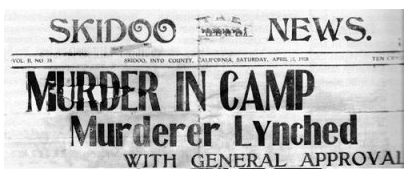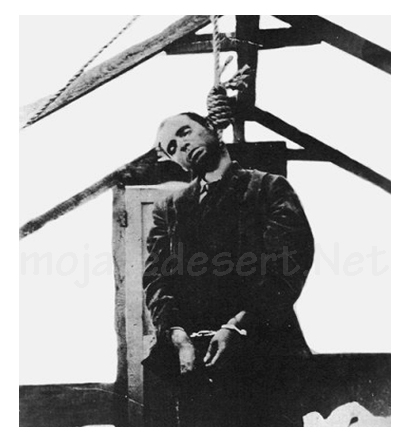Ecotones are transitional zones between different ecosystems, characterized by a mix of species from adjacent ecosystems and often exhibiting unique ecological dynamics. In the case of the Mojave Desert, there are several ecotones where the desert transitions into other ecosystems. Here are some notable ecotones in the Mojave Desert:
- Mojave Desert Scrub to Pinyon-Juniper Woodland:
- At higher elevations in the Mojave Desert, the vegetation transitions from typical desert scrub, dominated by creosote bush (Larrea tridentata), Joshua trees (Yucca brevifolia), and other drought-tolerant plants, to pinyon-juniper woodlands. Pinyon pine (Pinus monophylla) and juniper (Juniperus spp.) become more prevalent in these transitional areas.
- Pinyon-Juniper Woodland to Coniferous Forest:
- In the mountainous regions surrounding the Mojave Desert, pinyon-juniper woodlands transition further into coniferous forests. Species such as ponderosa pine (Pinus ponderosa) and white fir (Abies concolor) become more dominant. This transition is often associated with increasing elevation and cooler temperatures.
- Desert Washes and Riparian Zones:
- Where desert washes, or arroyos, intersect with the Mojave Desert, there are ecotones characterized by riparian vegetation. These transitional zones may include cottonwood (Populus fremontii) and willow (Salix spp.) trees, providing habitat for different plant and animal species compared to the surrounding arid landscape.
- Desert to Playa Ecosystems:
- The transition from the desert to playa ecosystems, such as dry lake beds, represents another ecotone. Playas can support unique vegetation adapted to periodic flooding and provide a habitat for migratory birds during wet periods.
- Urban-Wildland Interface:
- There is an ecotone known as the urban-wildland interface, where urban areas encroach upon the Mojave Desert. The interaction between human-dominated landscapes and the natural desert environment characterizes this transition zone. Human activities in these areas can have significant impacts on the desert ecosystem.
- Mojave Desert to Great Basin Transition:
- In the northern reaches of the Mojave Desert, there is a transition zone where the desert ecosystem merges with the Great Basin. This transition is marked by changes in vegetation and species composition influenced by elevation and precipitation.
Understanding and protecting these ecotones is crucial for preserving biodiversity and maintaining ecosystem resilience in the Mojave Desert. These transitional zones often support unique assemblages of plants and animals that are adapted to the specific conditions found at the boundaries between different ecosystems. Human activities, including urban development and climate change, can impact these ecotones, emphasizing the importance of conservation and sustainable management practices in the region.
